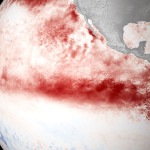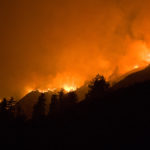What can we learn from last winter’s El Niño not behaving as expected?

Sign up for our free weekly newsletter and understand everything better!

What can we learn from last winter’s El Niño not behaving as expected?
-150x150.jpg)
The Gulf of the Farallones National Marine Sanctuary, along with its sister sanctuaries to the north and south, Cordell Banks and Monterey Bay, are sentinels for the effects of global warming on ocean waters. And, as documented in a new report released, Central California’s offshore waters and coastline are already showing the effects of global warming.

We know that wildfire is a key part of the ecology of the Bay Area and has played a major role in shaping our landscapes. Yet it’s simply not possible to let fires burn naturally in an urban region such as ours. But just to the south, the 240,000-acre Ventana Wilderness near Big Sur is large and remote enough to allow for the return of a natural fire regime. That’s what has happened over the past 30 years as a series of lightning-ignited wildfires has helped shape both a living laboratory of fire ecology and an increasingly diverse landscape.
-150x150.jpg)
Lester Rowntree (1879-1979) was a self-taught botanist and independent spirit who spent half her life trekking up and down California observing, gathering, and photographing the state’s native flora. Born in England, Rowntree lived in Kansas, Southern California, and on the … Read more